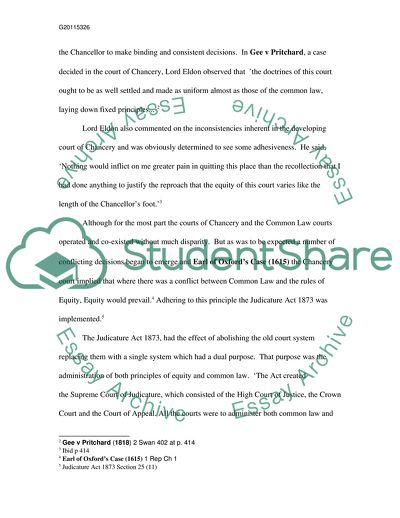Cite this document
(The Nature and Development of Equity and Trusts Essay - 2, n.d.)
The Nature and Development of Equity and Trusts Essay - 2. Retrieved from https://studentshare.org/law/1705479-trusts-and-equity
The Nature and Development of Equity and Trusts Essay - 2. Retrieved from https://studentshare.org/law/1705479-trusts-and-equity
(The Nature and Development of Equity and Trusts Essay - 2)
The Nature and Development of Equity and Trusts Essay - 2. https://studentshare.org/law/1705479-trusts-and-equity.
The Nature and Development of Equity and Trusts Essay - 2. https://studentshare.org/law/1705479-trusts-and-equity.
“The Nature and Development of Equity and Trusts Essay - 2”. https://studentshare.org/law/1705479-trusts-and-equity.


